When I write about a monitor’s gaming feel, I’m usually referring to its speed, smoothness, and response. But something I rarely see is a display with good integrated sound. The speakers in most panels are of similar quality to the beeper that tells you when the microwave is finished cooking. They are often tinny and distorted above polite volumes.
Dell has sought to remedy that with its S3225QC. This 32-inch OLED monitor brings a real soundbar with spatial audio to the table. I’m talking about five speakers with 25 watts of amplification and a user position sensor that focuses sound on the listener and creates a true sense of space and immersion. And it delivers a decent picture too with 4K resolution, 120 Hz, HDR10 and Dolby Vision, plus Adaptive-Sync and wide gamut color. It’s wrapped in a luxurious package that enhances any desktop or media room. Let’s take a look.
Dell S3225QC Specs
Swipe to scroll horizontally
Panel Type / Backlight | Quantum Dot Organic Light Emitting Diode (QD-OLED) |
Screen Size / Aspect Ratio | 32 inches / 16:9 |
Max Resolution and Refresh Rate | 3840x2160 @ 120 Hz |
| Row 3 - Cell 0 | FreeSync and G-Sync Compatible |
Native Color Depth and Gamut | 10-bit / DCI-P3+ |
| Row 5 - Cell 0 | HDR10, DisplayHDR 400 |
| Row 6 - Cell 0 | Dolby Vision |
Response Time (GTG) | 0.03ms |
Brightness (mfr) | 250 nits SDR |
| Row 9 - Cell 0 | 1,000 nits HDR (3% window) |
Contrast | Unmeasurable |
Speakers | 5x 25w |
| Row 12 - Cell 0 | Spatial Audio w/user position sensor |
Video Inputs | 1x HDMI 2.1 |
| Row 14 - Cell 0 | 1x USB-C (DP 1.4 alt) |
Audio | Integrated soundbar |
USB 3.2 | 1x up, 2x down (type C) |
Power Consumption | 49.7w, brightness @ 200 nits |
Panel Dimensions WxHxD w/base | 28.3 x 19.8-24.2 x 8.8 inches (719 x 503-615 x 224mm) |
Panel Thickness | 2.8 inches (71mm) |
Bezel Width | Top: 0.3 inch (8mm) |
| Row 21 - Cell 0 | Sides: 0.4 inch (10mm) |
| Row 22 - Cell 0 | Bottom: 2.2 inch (56mm) |
Weight | 22.1 pounds (10kg) |
Warranty | 3 years |
I’ll address the elephant in the room first. 120 Hz is a bit slower than typical gaming monitors. The best 4K gaming monitors typically start at 144 Hz, and lately, I’ve been reviewing 240 Hz models in a steady stream. The net effect is that the S3225QC shows a little motion blur and has slightly higher input lag than the competition. But for casual gaming and entertainment, the sound is on another level, as in, the others aren’t even close.
The sound bar is front and center with a two-inch wide fabric covering five speakers driven by 25 watts of amplification. In the middle is a sensor that tracks the user’s head position to keep the soundstage focused on the listener. It also makes sound seem to come from the sides and behind through phasing that adapts in real time. It’s a great alternative to headphones and, in my opinion, it’s more immersive.
The picture comes courtesy of a 32-inch Quantum Dot OLED panel with 4K 3840x2160 resolution, equating to a 140ppi pixel density. The QD layer delivers over 105% coverage of DCI-P3, putting it on par with other high-end QD-OLEDs. HDR10 is supported, but you also get Dolby Vision, which is still a rarity in the computer monitor genre. This standard embeds dynamic tone mapping in the content metadata, meaning it renders correctly on any display, regardless of its peak output. HDR10 has fixed value tone mapping, and that manifests as clipped highlight detail when the content’s peak values don’t match the display.
Color is very accurate with verified factory calibration data in the OSD. Dell saves a bit of paper and instead includes nine screens of test results unique to each S3225QC. Peak output is specified at 250 nits for SDR and 1,000 nits for HDR when measuring a 3% window. Variable brightness is only engaged for HDR content and is not an option in the OSD. The S3225QC carries VESA’s DisplayHDR 400 True Black certification.
While players of twitchy shooters may pause at the 120 Hz refresh rate, it is supported by Adaptive-Sync over HDMI. It has no issues with either FreeSync or G-Sync systems and keeps frame tears out of the equation at all refresh rates.
I mentioned luxury earlier, and the S3225QC is undoubtedly in that category. It features premium build quality, including a white stand and backing, with inputs hidden beneath a cover, and offers premium ergonomics. It’s high-end all the way, but the price is relatively low at $800. While that isn’t a trifle, it is less than similar offerings from HP, Dough, Asus, and Acer. It gives up some speed to those brands, but it more than trounces their audio quality. So, with your priorities in mind, let’s see how it tests.
Assembly and Accessories
Dell continues to ship its displays in recyclable packaging with molded pulp securely protecting the contents. The S3225QC comes in the usual three bits that assemble without the need for tools. If you plan to use an arm, there’s a 100mm VESA mount in the back with fasteners included. A small cover hides the input panel once you make your connections. The cable bundle is just a single USB-C and IEC for the internal power supply.
Product 360

The S3225QC is a monitor that looks great from any angle. I’m partial to white displays, and this one makes thoughtful use of contrasting materials to achieve a high-end aesthetic. The front immediately draws the eye down to the fabric grill covering the sound bar with its central user position sensor and small Dell logo. A power LED glows at the lower right. The screen has a shiny front layer, which requires a little consideration of light sources to avoid reflection. The bezel is thin around the top and sides, measuring eight and ten millimeters, respectively.
The back is completely smooth and featureless, save for a small Dell logo at the top. The input panel is concealed beneath a snap-on cover and includes one HDMI 2.1 and a USB-C with DisplayPort 1.4 function. Another USB-C supports peripherals, and there’s a third one hidden in a pop-out bit on the bottom of the panel. See the above photo to find it.
The side view highlights the elegant white stand, which is anchored by a round piece that provides a 5/21-degree tilt, a 30-degree swivel, and 4.4 inches of height. There is no portrait mode. Movements are smooth and firm with no wobble or play. The base has sufficient size and weight to support the S3225QC’s 22-pound weight.
OSD Features
The S3225QC’s OSD appears when you press the joystick behind the panel’s lower right corner. It will be familiar to any users of Dell or Alienware monitors and is logically laid out with nearly every option required for image adjustment and convenience.

Brightness and Contrast get their own sub-menu with sliders that range from zero to 100. The input selector can be set to automatically detect incoming signals. In the Color menu, there are nine picture modes available. Standard is the default, and it is accurate and well-suited for gaming, video, or productivity. The Creator mode offers four color gamut choices if you don’t want to use the native setting, which covers around 105% of DCI-P3. I noted that DCI-P3 refers to the cinema standard with 2.6 gamma and a D63 white point, while Display P3 uses a 2.2 gamma with D65.
In Custom Color, you can adjust RGB gain and bias sliders, plus hue and saturation controls for all six colors. I used the gains to take the S3225QC to reference level.
There are six HDR modes that engage when HDR10 signals are present. Desktop is the default, but I found HDR Peak 1000 a little more dynamic in tone. Custom Color HDR lets you calibrate, but that is completely unnecessary as the S3225QC is spot-on out of the box. Dolby Vision can be toggled on and off and is compatible with Dolby Vision content, video, and gaming.
The PBP/PIP mode offers five different screen splits and positioning of the PIP window when viewing two video sources at once.
In the audio menu, you can toggle the spatial audio on and off. When it’s on, a bezel-mounted sensor tracks the user’s head position to focus the sound appropriately. It creates a palpable sense of space and immersion with sound seeming to come from the sides and behind.
The joystick and on-screen quick menu can be programmed to provide quick access to many monitor functions. In the Others menu is a panel health indicator and an option to run the refresh routine manually. When the health indicator turns red, it runs the refresh automatically. Finally, you can view the calibration report in the info menu, which contains nine pages of information unique to each S3225QC.
Dell S3225QC Calibration Settings
The S3225QC doesn’t require calibration in the Standard picture mode, but if you visit Custom Color, it’s possible to make the picture even more precise. It offers RGB gain and bias sliders; I only had to adjust the gains for excellent results. It also includes hue and saturation sliders, but I didn’t need to change those. The only thing missing here is gamma presets, which isn’t a big deal if 2.2 is the goal. It hits that perfectly. But options are always welcome. Some users might prefer 2.0 or 2.4. My SDR settings are below. I noted that there is no variable brightness option available. For HDR signals, the peak does vary, and you get six additional modes. HDR Peak 1000 is the best choice there.
Swipe to scroll horizontally
Picture Mode | Custom Color |
Brightness 200 nits | 89 |
Brightness 120 nits | 49 |
Brightness 100 nits | 37 |
Brightness 80 nits | 25 |
Brightness 50 nits | 9 (min. 36 nits) |
Contrast | 75 |
Color Temp User | Gain – Red 94, Green 96, Blue 99 |
| Row 8 - Cell 0 | Bias – Red 50, Green 50, Blue 50 |
Gaming and Hands-on
Admittedly, I took on a review of a 120 Hz gaming monitor with a little trepidation. I frequently say, and still maintain, that 144 Hz should be considered a starting point, and you can never have too many Hertz. Initial tests during the S3225QC’s installation showed slight motion blur in my suite of moving test patterns. But once I loaded up Doom Eternal, my perception changed.
I am not a skilled gamer, but I am experienced enough that I can get through most titles on a moderate difficulty level. With the S3225QC, I noticed the blur only because I knew about it in advance. And once I started playing, it didn’t reduce my enjoyment of the monitor one bit. A lot of that is thanks to its fantastic sound.
The spatial audio feature is a real thing, and I was immediately struck by the expansive sound stage. Though it works best with content mastered in Dolby Atmos, it had a positive impact on the stereo feed from games and YouTube videos. The bass was so present, it seemed a little overblown at first, but within a few minutes, I realized I was hearing the full spectrum of sound, which is a rarity from a computer monitor. This had a profoundly positive effect on gameplay. When Dell or Alienware adds this feature to a faster monitor, they’ll have a hard time keeping up with demand. It’s that good.
More familiar aspects of my usual run-and-gun and rapid turn maneuvers were handled well by the S3225QC. Motion blur is there but not distractingly so. And input lag is low enough for my average skills; it kept up with me just fine. However, if you’re a pro-level competitor, this monitor won’t be the best choice.
The physical elegance and design played well into the everyday workload when I wrote copy in Word, or managed test data in Excel. A large screen is perfect for this because there is ample room for two or three documents in fully readable form. Side by side editing is the main reason I go for 32-inch 16:9 screens. The S3225QC’s does this well and adds a flexible PBP option if you need to connect two video sources. I also noted the extra USB-C ports, including the nifty pop-out one underneath the panel.
Takeaway: Though the S3225QC lacks the perfect motion resolution of its 240 Hz competition, it more than makes up for it with incredible audio quality. Among gaming and entertainment screens, you won’t find better sound. And it makes a compelling alternative to headphones, even the premium ones with spatial audio. For everyday use, it offers lots of screen area, flexible PIP/PBP and plenty of USB ports along with a colorful, bright, accurate and contrasty image.
MORE: Best Gaming Monitors
MORE: How We Test PC Monitors
MORE: How to Buy a PC Monitor

 3 months ago
52
3 months ago
52
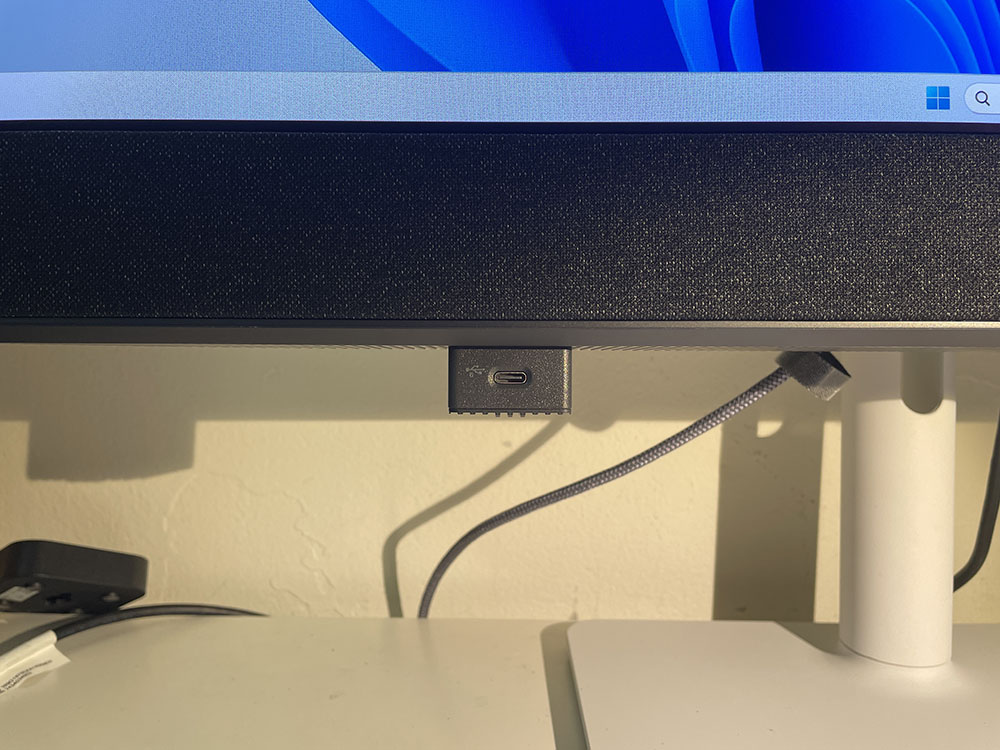


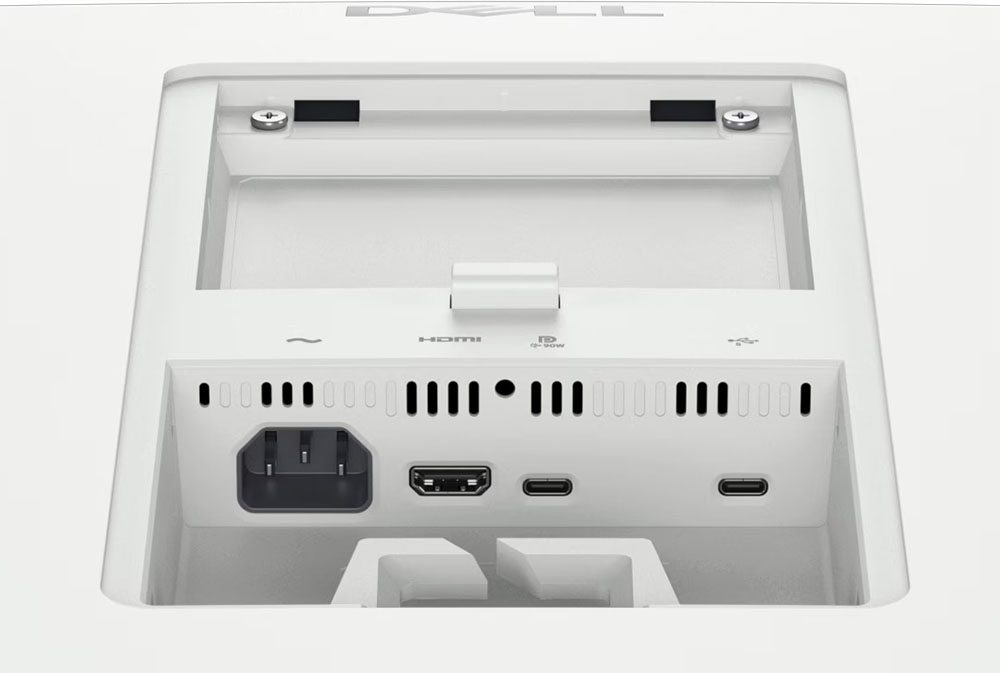
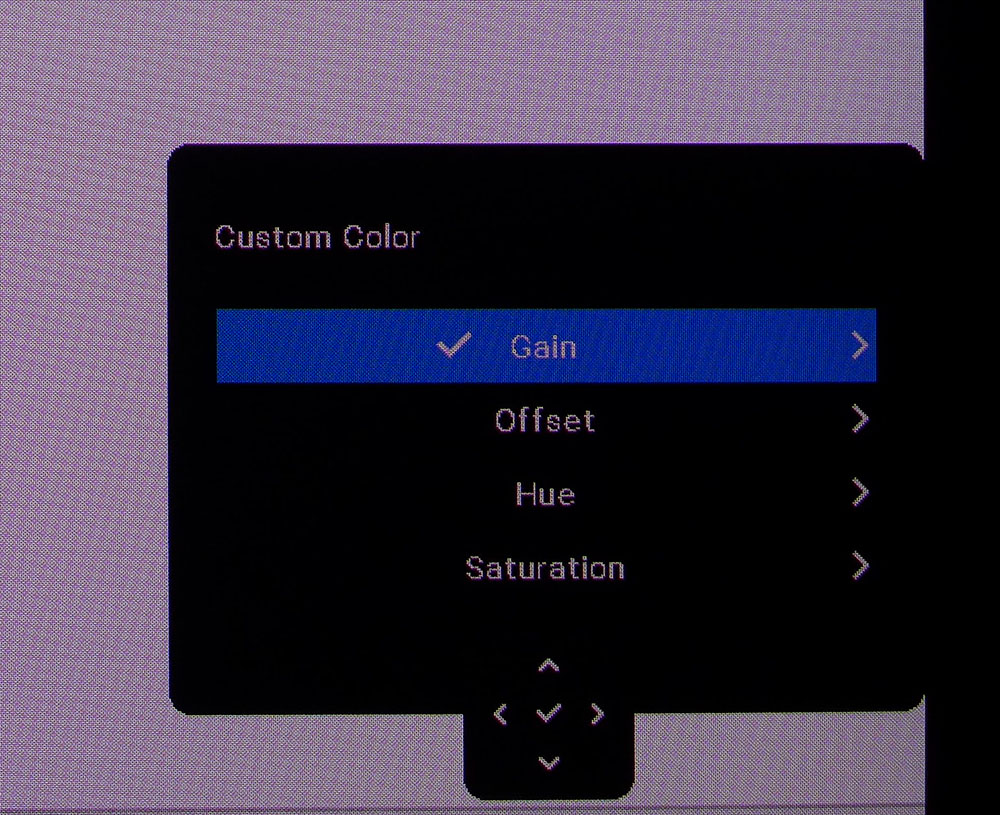
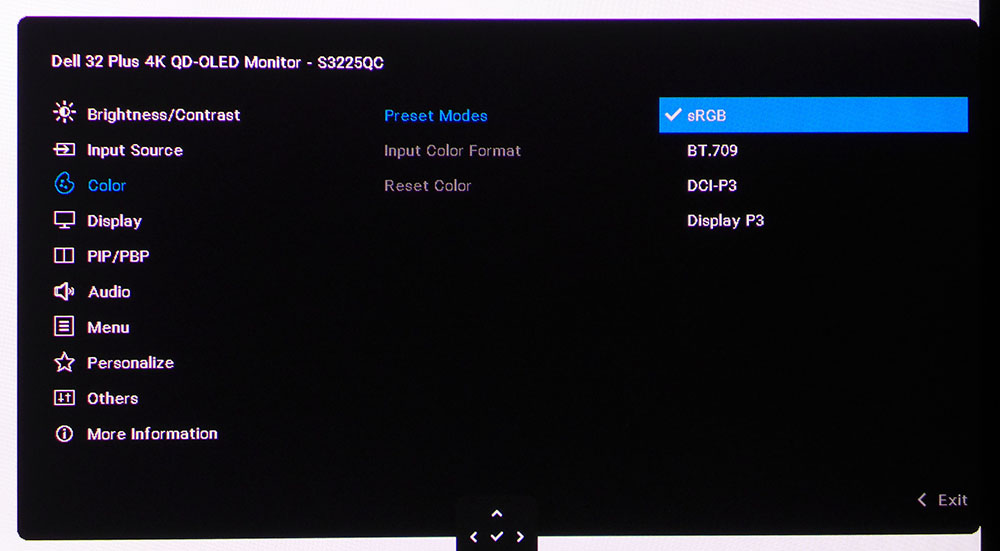

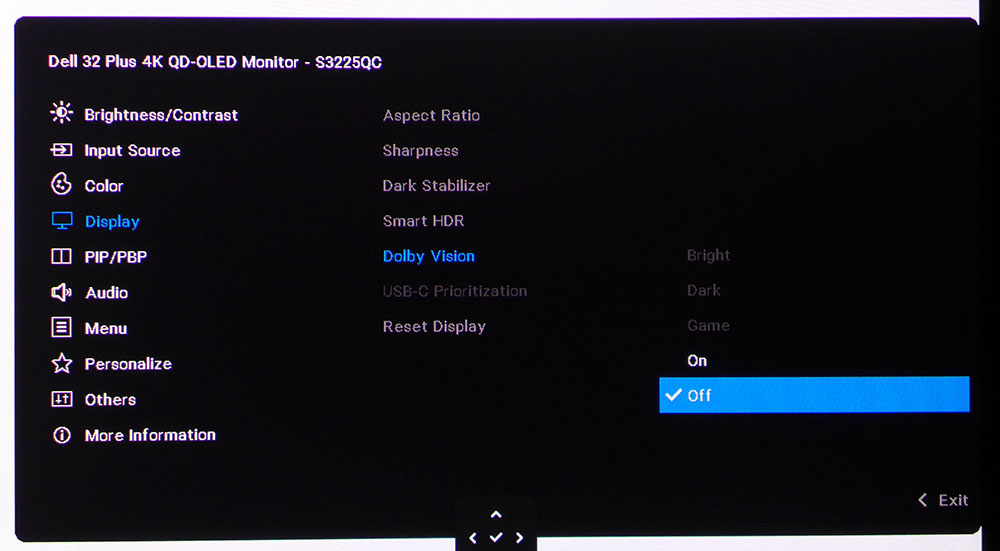
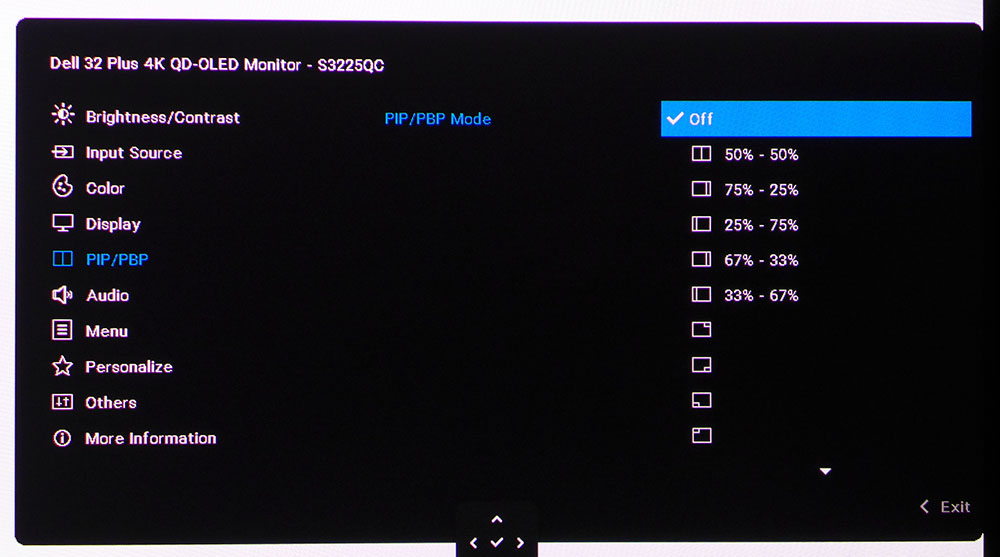


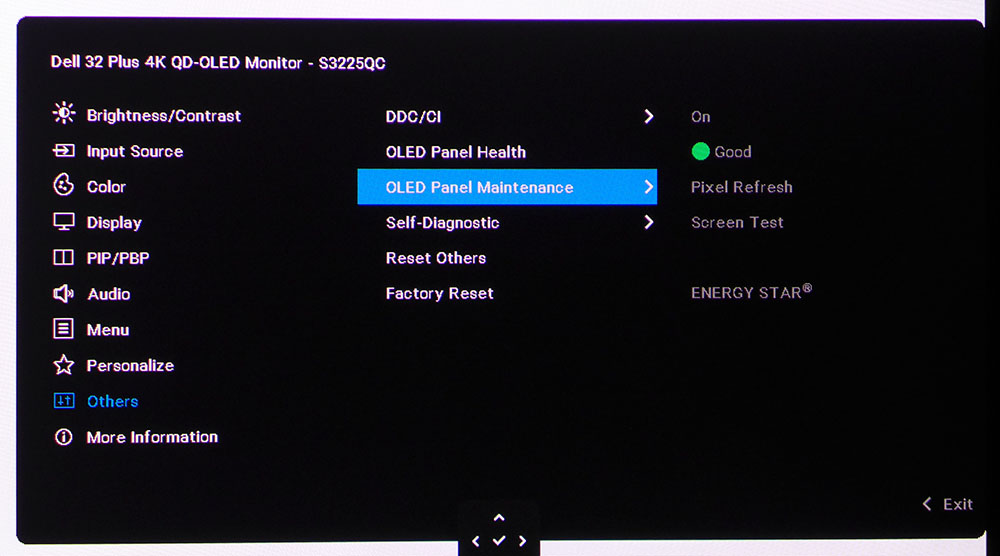
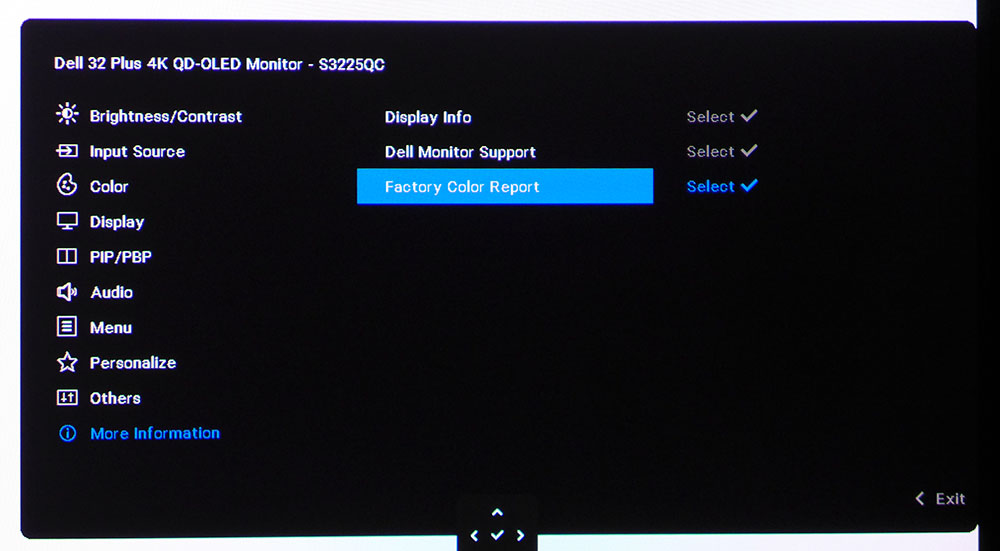

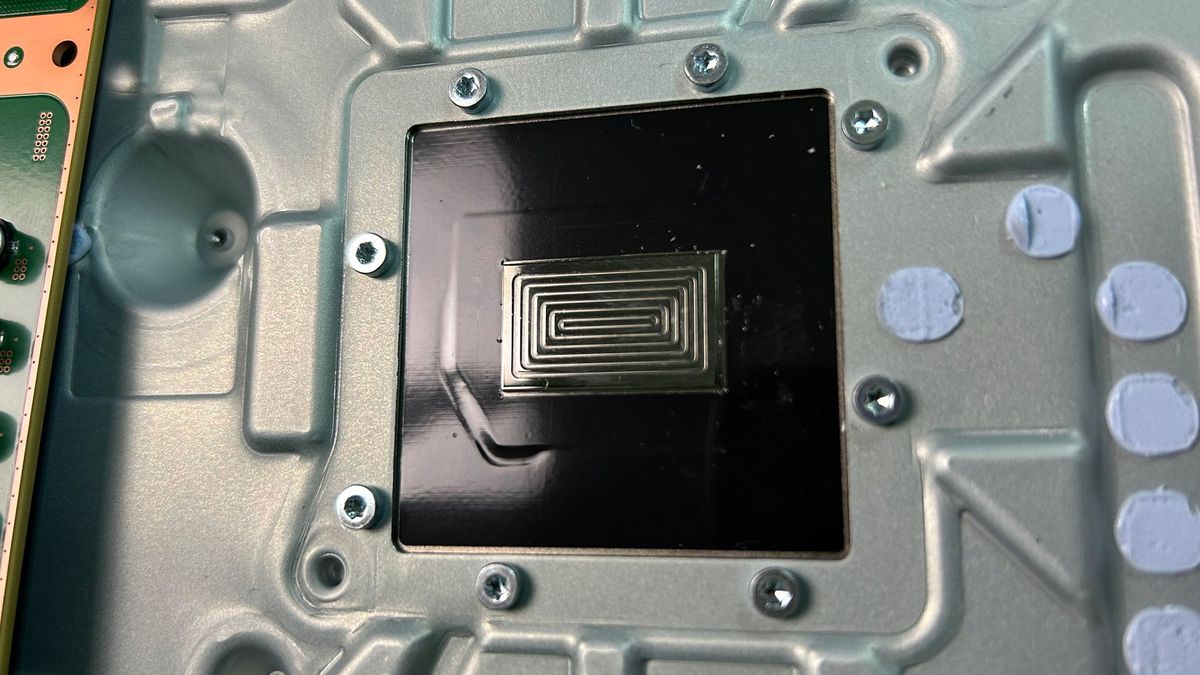
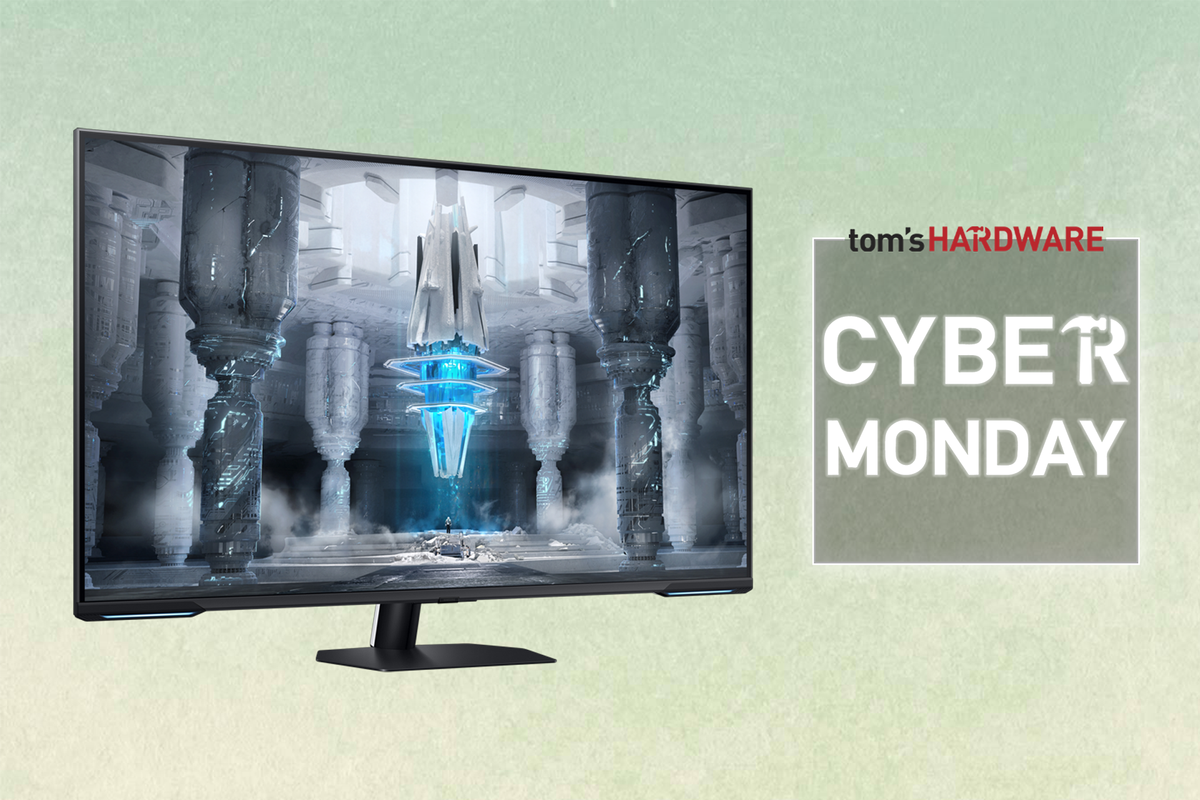
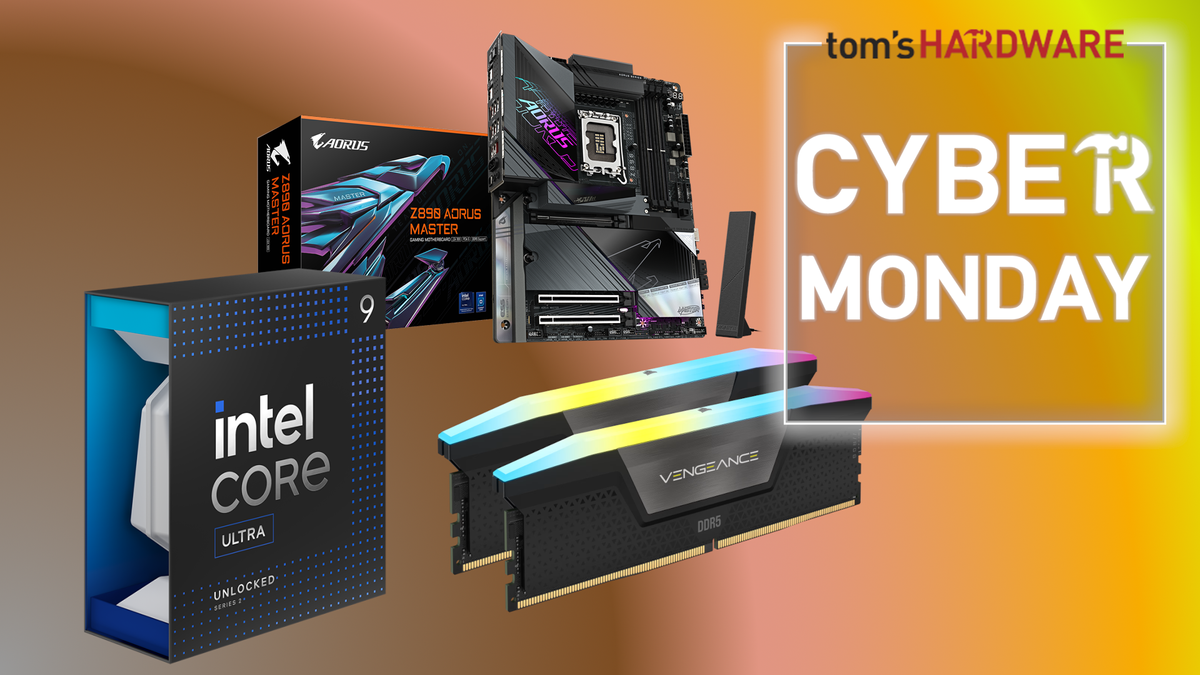


 English (US) ·
English (US) ·